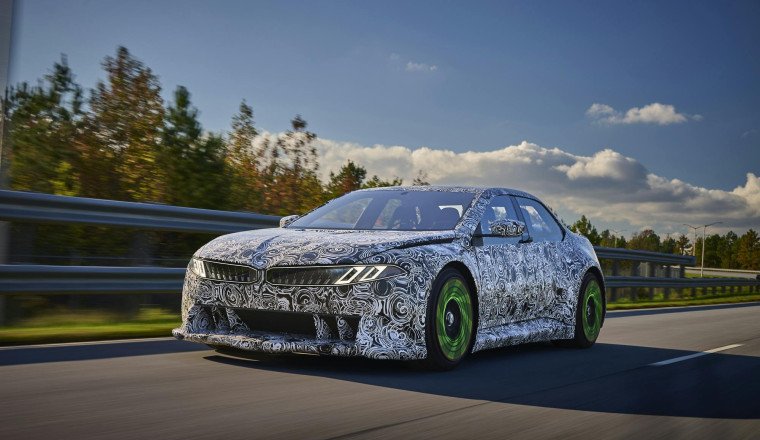
With a handful of exceptions, electrified performance has been a tough sell. Maserati canned the electric version of the MC20 due to a lack of demand. Dodge is reportedly rushing the gasoline-burning variant of the new Charger to production as the EV lingers on dealer lots, and even Rimac admitted that demand for electric hypercars has dropped. And yet, BMW confirmed that the next-gen M3 will be offered with gasoline- and battery-powered variants, and it’s confident that it can talk enthusiasts into buying the EV. Here’s why.
“We already announced that we’re going to have two M3s, and it’s going to be difficult to say, ‘I still want the combustion one,'” BMW M boss Frank van Meel told me. “The electric one is going to be something completely new,” he added. He stopped short of providing more details—the next M3 is still a few years away from making its debut, so he’s bound to corporate omertà, but the electric Vision Driving Experience concept unveiled in February 2025 was a clear preview of how BMW M envisions high-performance EVs.
Pictured above, the experimental sedan uses a new, production-bound control unit called Heart of Joy that runs the drivetrain and the driving dynamics management technology. It’s up to 10 times faster than the unit that it replaces, and we’re told that this super-computer will make the driving experience much sharper. BMW said drivers can expect handling that’s more precise and stable than what’s possible with today’s technology. Besides, van Meel opined that going electric is the next step in the M3’s evolution.
“We always had discussions if the next step with, for instance, the M3 would be acceptable or not. We started with a four-cylinder engine in the M3, a very long time ago, because it came from Formula One. When we shifted to six-cylinder engines, everyone said, ‘oh, it’s going to be heavier with six cylinders; It’s not going to work.’ Actually, it did. After that, we changed to a high-revving V-8 engine, and everyone was talking about the weight balance, and worried about us putting more weight on the front. But, everyone loved it. And then we changed to a six-cylinder turbo engine and people said, ‘yes, I know you get more power, but you get turbo lag.’ Actually, it was quicker, it was more emotional, and it was better,” he said.
Regardless of horsepower or cylinder count, every generation of the M3 feels like an M3. This approach to design will permeate all of the electric models in BMW M’s pipeline. Van Meel isn’t forgetting about the enthusiasts who would rather continue to drive a straight-six, however, and he realistically notes that the EV won’t be for everyone. “But, then again, it might also be like the stick-shift, and a lot of people will say, ‘I still want to have [the gas one] because I grew up with a straight-six engine and I want to keep it.'”
Speaking of the manual transmission, M remains committed to offering at least some of its cars with a stick for a long as possible. It’s not because three pedals are quantifiably better than two; it’s just what buyers want.
“There is a traditional discussion about the stick-shift, because for an engineer it’s normally slower and it brings higher fuel consumption. For the customer, however, it’s a passion issue. That’s why it’s still there: We want to offer what the customer wants. In the United States, with the M2 we have a take rate of over 50% for the manual,” van Meel said. He added that the stick will stick around “for as long as possible.”
He ruled out putting a regular manual transmission in an electric car, so don’t expect to see a clutch pedal below the electric M3’s dashboard, but he noted that some of BMW’s upcoming EVs will need to feature a feedback system to compensate for the lack of gears. It won’t necessarily be a copy-and-paste job, either.
“You can try to put a manual gearbox with a clutch [in an EV], but that wouldn’t make sense. The only thing that does make sense, for racing or high-performance cars, is that you need some kind of feedback,” Van Meel explained. “If you just have one gear from zero to 300 [kph] with seven octaves of music behind it, you don’t know how quick you are. Does that mean you have to copy exactly what we have today? No, because today’s system also has disadvantages. But, you need some kind of feedback that tells you exactly how fast you are.” Sound is important. Without it, “you have the feeling that you’re in a sim racer but your television has no sound,” van Meel joked. “But you need some other inputs, too.”
We shouldn’t have to wait long to find out what he has in mind. BMW M’s range already includes EVs, like the i4 M50 and the iX M60, but they’re pretty much stop-gap cars between regular BMWs and full-fat M cars. In a nutshell, they’re the electric equivalent to, say, the M240i. The first battery-powered full-blown M car is widely expected to make its debut before the end of the decade, and it might be the electric M3.
There’s another facet to BMW M: Standalone cars not rooted in the BMW range. We’ve only seen two since M was formed in 1972. One was the M1 released in 1978, and the other is the XM that made its debut for 2023. Curious, I asked van Meel when we might see the third installment in the series.
“We’re always working on that,” he replied with a smile. “That is about the best answer I can give you.”








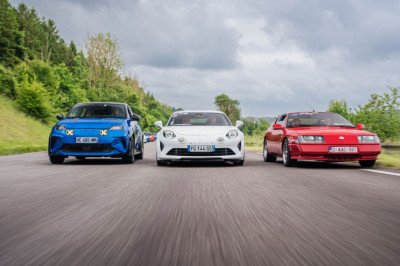

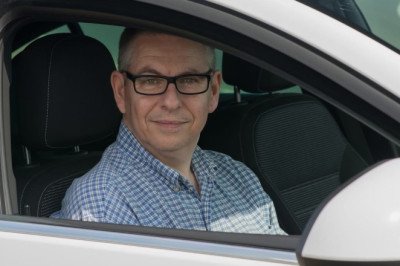
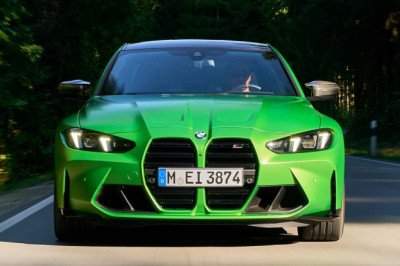
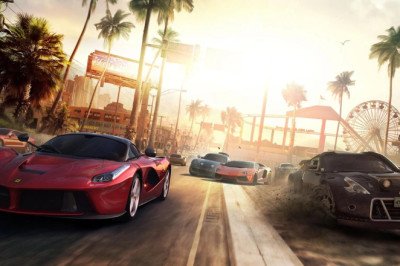
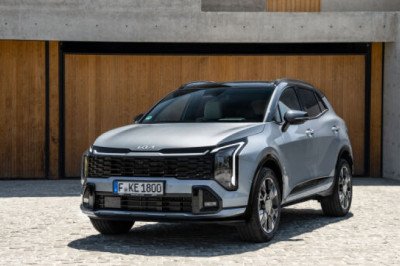
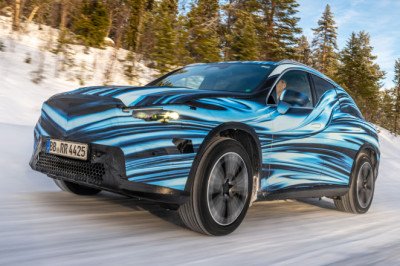
Facebook Conversations